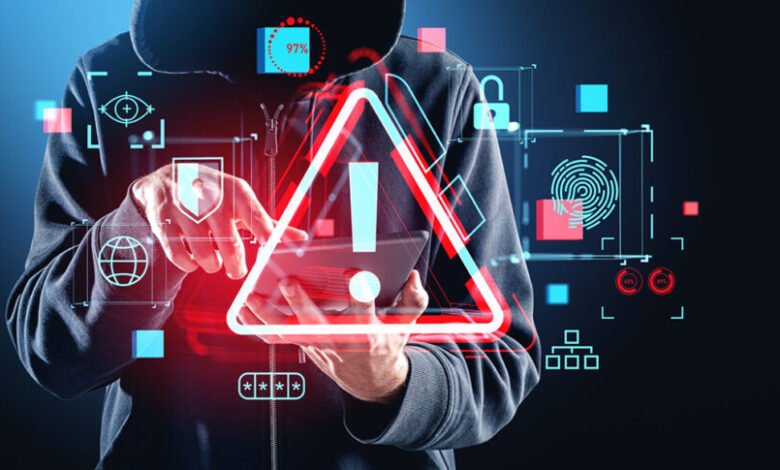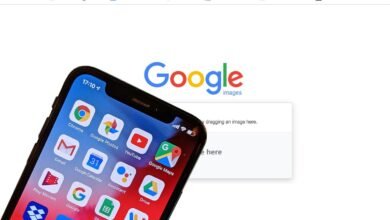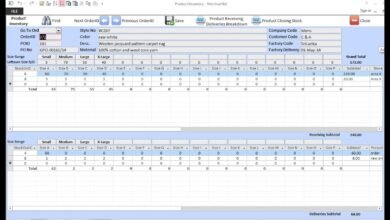Spygocus: A Comprehensive Guide to the Modern Surveillance Tool

Introduction to Spygocus
In a world that is becoming increasingly connected, privacy and security are topics of growing concern. As technology advances, so do the tools designed to protect us — and unfortunately, to monitor us. Spygocus is one such tool, often mentioned in conversations about surveillance and monitoring technologies. Whether for personal or corporate use, Spygocus is a term that has emerged recently in the tech community, and it’s important to understand its full scope.
In this article, we’ll explore what Spygocus is, how it works, its key features, and the debates surrounding its use. This guide is intended to help you navigate the sometimes murky waters of modern surveillance technologies.
What is Spygocus?
Spygocus is a surveillance and monitoring tool designed to track user activities across devices, including smartphones, computers, and tablets. The software provides real-time access to device information, such as browsing history, location, communications, and even keystrokes. While its use may spark ethical concerns, its applications in corporate security, parental monitoring, and personal device protection have grown significantly.
The name “Spygocus” comes from combining “spy” and “focus,” suggesting that it zeroes in on detailed user data with precision.
How Does Spygocus Work?
Spygocus operates through a simple yet powerful mechanism. Once installed on a device, the software runs in the background, discreetly collecting and transmitting data to a designated dashboard accessible by the user who installed it. This data can range from text messages and emails to GPS coordinates and social media activity.
Key Components of Spygocus Include:
- Data Collection: Spygocus tracks the device’s activity in real-time. From text inputs (keystrokes) to app usage and browser history, it gathers data invisibly.
- Cloud-based Dashboard: All the information Spygocus collects is sent to a secure cloud storage system where the user can access and analyze it. The dashboard presents the information in a readable, user-friendly format.
- Device Compatibility: Spygocus is designed to be compatible with multiple devices, such as Android, iOS, Windows, and macOS. This makes it accessible for monitoring across various platforms.
- Stealth Mode: One of Spygocus’ defining features is its ability to operate in stealth mode. Once installed, it is nearly impossible for the monitored person to detect without special tools. This functionality ensures seamless, unobtrusive monitoring.
Uses of Spygocus
Though Spygocus’ advanced capabilities raise questions of ethics and legality, the software can be used for legitimate purposes. Here are some common scenarios where Spygocus might be deployed:
1. Parental Monitoring
One of the main reasons people use surveillance tools like Spygocus is to monitor their children’s activities online. With internet safety being a growing concern, parents can track what websites their children visit, who they are texting, and even where they are in real-time. This level of oversight can help parents protect their children from cyberbullying, inappropriate content, and potential online predators.
2. Corporate Security
In the corporate world, employers sometimes use tools like Spygocus to ensure company data remains secure. It can be employed to track employees’ activities, making sure they’re not accessing unauthorized materials or leaking sensitive information. This can help protect intellectual property and maintain productivity levels.
3. Personal Device Security
For individuals who are concerned about losing their devices or having their information stolen, Spygocus can serve as an anti-theft tool. If a device is stolen, the software can provide real-time tracking, allowing the owner to locate their device or remotely wipe its data.
4. Spouse or Partner Monitoring
Though controversial, some people use Spygocus to monitor their spouse or partner’s activities if they suspect infidelity. While this raises ethical concerns and legal issues, it is one area where the tool has gained popularity.
Ethical and Legal Considerations
As with many surveillance tools, Spygocus raises important ethical questions. Is it right to monitor someone without their knowledge? Are there situations where the benefits outweigh privacy violations? The answers to these questions are not always clear, and in many regions, the use of surveillance tools like Spygocus without consent may violate laws on privacy.
Legalities of Using Spygocus:
- Informed Consent: In many countries, using surveillance software without the target’s consent is illegal, particularly when it involves monitoring an adult. It is important to check the local laws regarding privacy and surveillance before installing Spygocus.
- Data Protection: Users of Spygocus should also ensure they comply with data protection laws such as the General Data Protection Regulation (GDPR) in the European Union. Sensitive information, when stored or transferred, must be handled in compliance with such regulations to avoid penalties.
- Ethical Usage: Beyond the legalities, there is a significant ethical debate around whether or not it is acceptable to use tools like Spygocus. Monitoring children or employees may have justifiable reasons, but using it to spy on a partner without their knowledge, for example, may cross ethical boundaries.
Key Features of Spygocus
Spygocus is packed with features that cater to different user needs. Some of its most notable features include:
- Real-Time Tracking: Track the location of a device in real-time, making it a powerful tool for keeping tabs on movements.
- Remote Data Access: Access the monitored device’s data from anywhere via the cloud-based dashboard.
- Stealth Monitoring: Spygocus operates in the background and is designed to be undetectable on most devices.
- Keylogging Capabilities: Monitor every keystroke made on the target device, giving full access to conversations, emails, and login credentials.
- Social Media Tracking: Monitor activities across social media platforms like Facebook, Instagram, and Snapchat.
The Future of Spygocus and Surveillance Technologies
As surveillance technology advances, tools like Spygocus will continue to evolve. The growing demand for cybersecurity and privacy solutions will push the development of these tools, while at the same time, regulators may tighten privacy laws to protect individuals. Spygocus, like other tools, will need to strike a balance between functionality and ethical usage.
We can expect future versions of Spygocus to include more sophisticated AI-driven features, such as predictive analytics and more robust security measures to protect the data collected. The challenge for developers will be ensuring that these tools are used responsibly.
Conclusion
Spygocus represents the cutting edge of modern surveillance technology. It has practical applications for parents, businesses, and individuals concerned about their security. However, its use also raises significant ethical and legal issues that cannot be ignored.
If you’re considering using Spygocus, it’s essential to understand the legal implications in your jurisdiction and weigh the potential benefits against the invasion of privacy. As with any powerful tool, the responsibility lies in how it is used.
In the evolving world of surveillance, Spygocus is a name that’s likely to become more common, for better or for worse.



